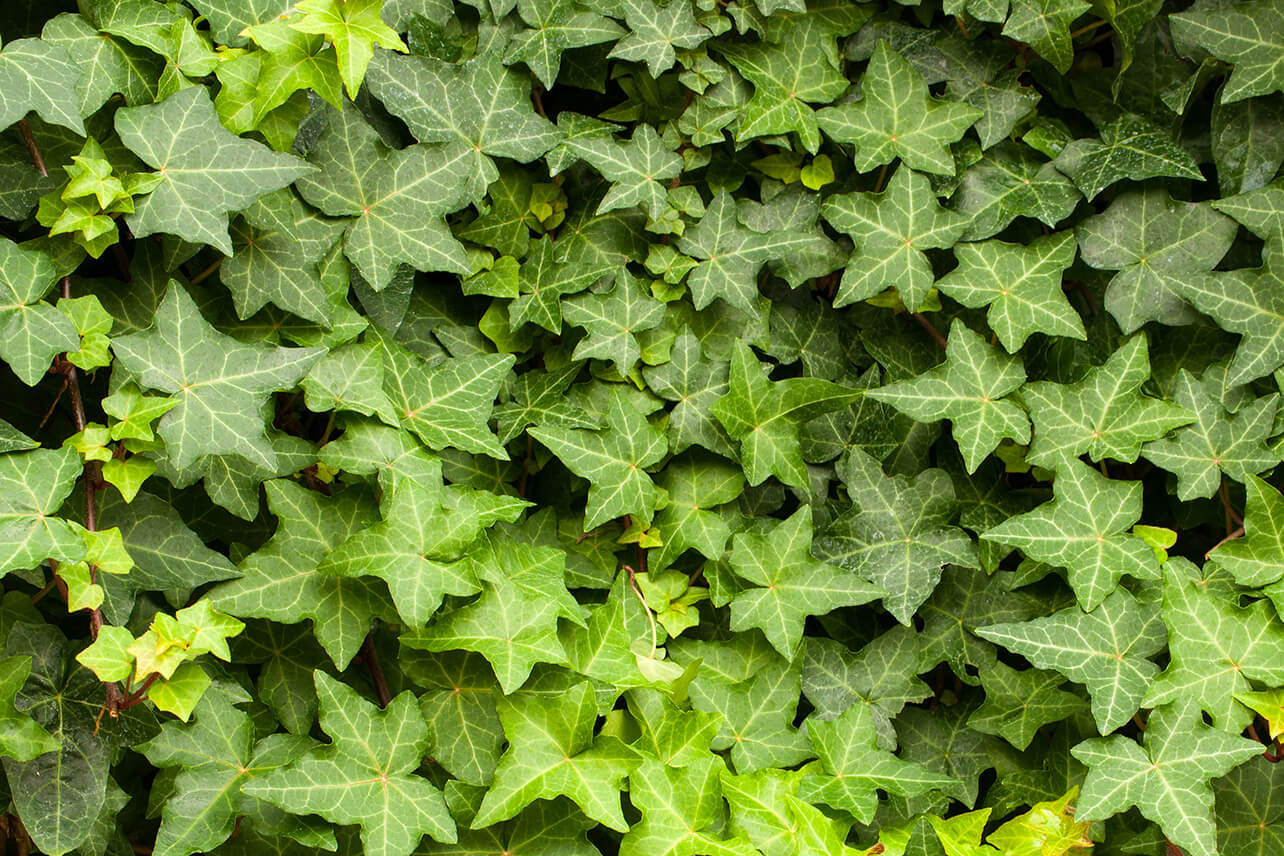Is English Ivy Bad for the Environment and Ecosystem?
.

English ivy (Hedera helix) is a fast-growing evergreen vine that many gardeners and homeowners initially admire for its glossy leaves and classic, cascading aesthetic. However, this plant has a darker side when it comes to the broader environment. In many regions of North America (and beyond), English ivy is classified as an invasive species with significant negative impacts on local ecosystems. Below, we’ll explore why English ivy can be harmful to the environment and what you can do to manage or prevent its spread.
1. What Makes English Ivy Invasive?
- Rapid Growth: English ivy spreads quickly, both above and below ground. Its trailing stems can root at multiple points, enabling the plant to form large colonies in a short time.
- Hardy Nature: It’s tolerant of shade, partial sun, and a variety of soil conditions, allowing it to outcompete native plants that have more specific habitat requirements.
- Lack of Natural Predators: Outside of its native range (Europe and parts of Asia), English ivy has fewer natural predators or diseases to keep its growth in check.
2. Impact on Native Plant Species
- Competition for Resources: English ivy’s dense coverage blocks sunlight and monopolizes moisture in the soil. This makes it difficult for indigenous plants to access the light, water, and nutrients they need.
- Reduced Biodiversity: When a single species (like ivy) dominates, it prevents a mix of local plant species from thriving. The result is a less diverse ecosystem, which can affect everything from the soil chemistry to the variety of insect and animal life.
3. Effects on Wildlife and Habitat
- Habitat Disruption: In a healthy ecosystem, native plants provide structured habitats for insects, birds, and mammals. When ivy outcompetes these plants, it disrupts food sources and shelter, potentially forcing wildlife to relocate.
- Possible Shelter for Pests: While dense ivy can offer cover for some beneficial creatures, it can also harbor rodents and invasive insects. This unbalanced shelter can exacerbate pest problems rather than support healthy ecosystems.
4. Damage to Trees and Forests
- Strangling and Smothering: Ivy climbing up tree trunks can shade out the tree’s own leaves, reducing photosynthesis. The vine can also add extra weight that stresses branches and makes them more vulnerable to breakage.
- Increased Risk of Disease: Dense ivy growth traps moisture on the tree’s bark, creating conditions for rot and fungal infections.
- Forest Fragmentation: Over time, unhealthy trees collapse or die prematurely, potentially creating gaps in the forest canopy. These gaps can lead to further habitat disruption and erosion.
5. Soil Erosion and Nutrient Imbalances
English ivy is often touted as a solution for erosion control because it can cover bare soil. However, once established, the plant’s root system can dominate soil biology and lead to imbalances in soil nutrients. If ivy kills off other groundcover species, the soil may become depleted or prone to surface runoff once the ivy is removed or when its coverage is patchy.
6. Managing English Ivy to Protect Ecosystems
- Physical Removal: The most common and environmentally friendly approach is to pull or cut ivy by hand, ensuring you remove as much of the root system as possible. For ivy climbing trees, cut the vines at the base and allow the upper sections to die off before gently removing.
- Smothering/Mulching: Covering ivy-infested areas with thick mulch, black plastic, or tarps can weaken and kill the plant over time by depriving it of sunlight.
- Regular Monitoring: Even after removal, watch for regrowth. Ivy is known for its persistence, and small leftovers can quickly re-establish.
- Responsible Disposal: Avoid tossing live ivy into compost or green waste bins if it could re-root. Instead, bag it securely or allow it to dry out completely before disposal.
- Replace with Native Plants: After removing ivy, consider planting native groundcovers, shrubs, or trees. This helps restore biodiversity and prevents re-invasion.
7. Should You Ever Grow English Ivy?
Given its invasive nature, many horticulturists and environmental organizations recommend against planting English ivy in areas where it can escape cultivation. If you absolutely love the look, consider safer alternatives or restrict it to containers where you can control its growth. Better yet, focus on native plant species or non-invasive ornamentals that offer similar visual appeal without harming local ecosystems.
Conclusion
So, is English ivy bad for the environment and ecosystem? Generally speaking, yes—particularly in regions where it’s considered invasive. Its aggressive spread can crowd out native species, harm trees, and reduce local biodiversity. If you have English ivy on your property, responsible management and removal are crucial steps in protecting the surrounding environment. By understanding the risks and taking proactive measures, you can help maintain healthier, more balanced ecosystems in your community.
